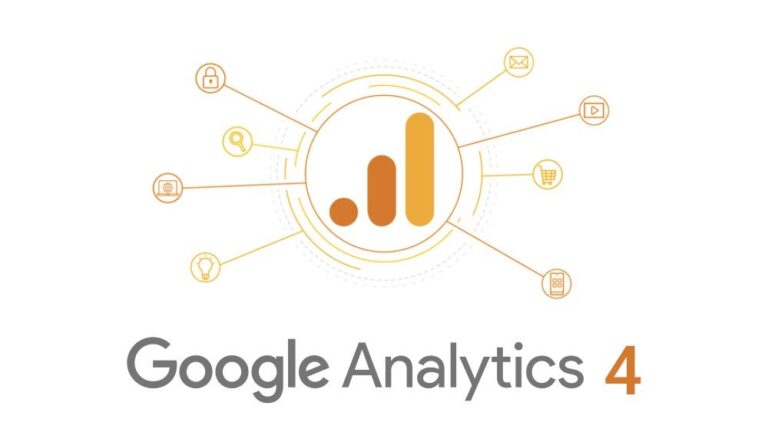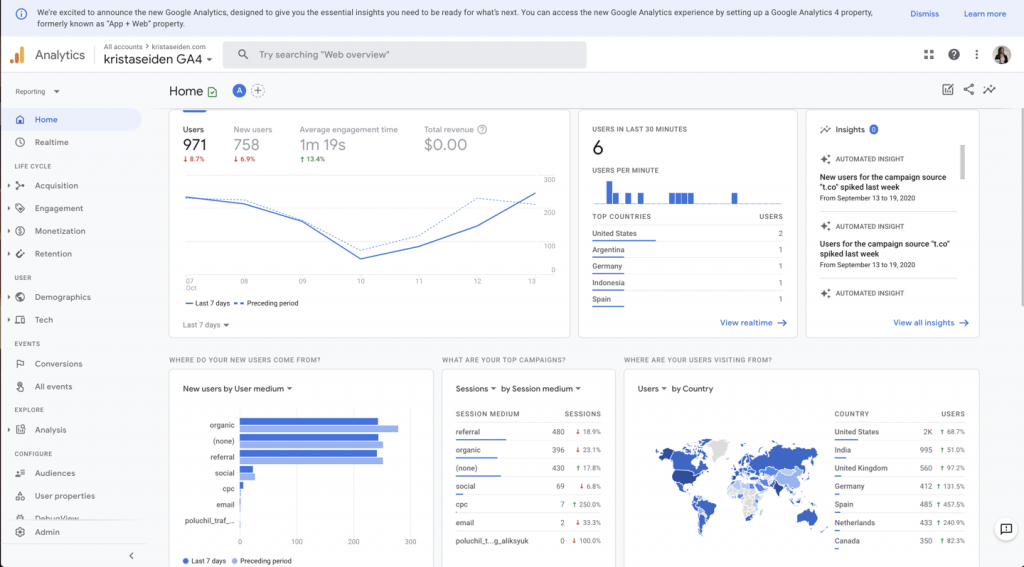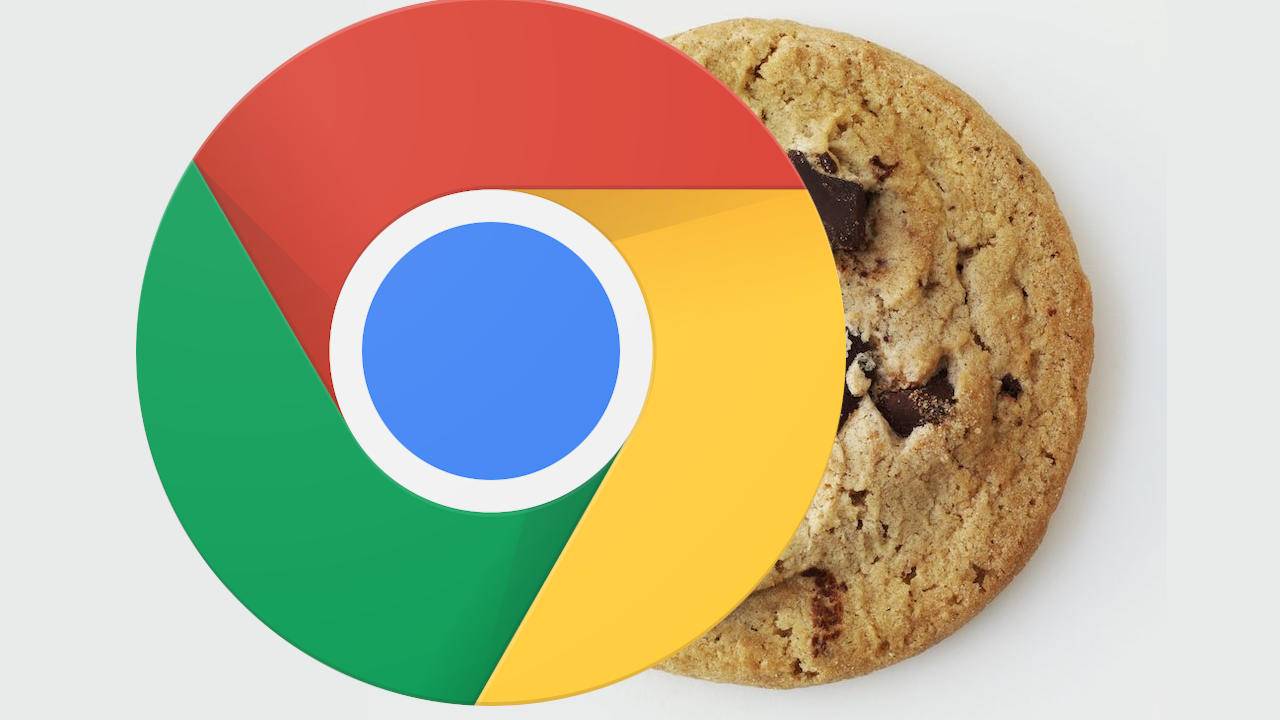
GA4 now shows Performance Max and Smart Shopping data
Everyones favorite new tool Google Analytics 4 is now showing performance data from Performance Max and Smart Shopping campaigns.
Where. To view PMax and SS campaigns, navigate to Acquisition > Traffic acquisition report, you’ll see that the data is organized by the Session default channel grouping dimension. (Click + to choose a secondary dimension.) Performance Max and Smart Shopping campaigns are under Cross Network.
Google announcement. This is one that Google may or may not have forgotten to publicly announce, but Charles Farina discovered and posted about it on Linkedin this week. You can review the GA4 default channel groupings help doc here.

The rollout of GA4 has a lot of us less than enthused. Mix that in with the elusiveness of Performance Max and you have yourself some pretty PO’d advertisers. While the addition of this data gets us one step closer to full visibility, let’s just see how the information is reported and attributed.
Source: GA4 now shows Performance Max and Smart Shopping data
Google Merchant Center no longer disapproves login required and restricted purchase free product listings
Google has updated its Merchant Center policy to no longer automatically disapproved free listings for products that have login required and/or restricted purchase access. Google said it now will list these products as active but with the caveat that they may “have limited visibility on Google.”
What changed. Google said previously, that Google Merchant Center accounts with the “Login required” or the “Restricted purchase” issue was automatically disapproved.
Now, free listings in Google Merchant Center account with this issue status are still active, but their products have limited visibility on Google. This only impacts free listings.
What is login required? Google explained “Login required” issue status means that customers visiting your store website need to provide account access information, such as entering a username and password or installing a program, before being able to view your products.
What is a restricted purchase? Google explained “Restricted purchase” issue status means that the ability to buy products on your store website is limited to certain customers as defined by location, device type, the information provided, or some other exclusive criteria. Fields like business information should be optional and content should be consistent and available to visitors in all locations.
If you have been juggling these policies on your e-commerce site with these login required and/or restricted purchase listings in Google Merchant Center, you now should know that the status won’t be disapproved. Instead, Google will show them as active but these free listings may not show so highly and often in Google Search and Google Shopping.
Source: Google Merchant Center no longer disapproves login required and restricted purchase free product listings
Google cookies will remain active on Chrome until 2024

Google’s Privacy Sandbox initiative began with the intent to create technology to protect people’s privacy. Part of that initiative was to reduce cross-site and cross-app tracking by eliminating third-party cookies. Today it was announced that the initiative has been delayed and developers are aiming for a Q3 2023 launch. Google developers also predict that it will start phasing out third-party cookies in the second half of 2024.
Why the delay? Google says that “consistent feedback” from developers, marketers, and publishers, and more testing are the reasons for the delays.
Early testing for developers. Developers can test the Privacy Sandbox API now, and trials will be released in early August as they’re released to “millions of users globally, and we’ll gradually increase the trial population throughout the rest of the year and into 2023.”
Read the announcement. You can read the blog post announcement on Googe here, and also visit the Privacy Sandbox website.
Source: Google cookies will remain active on Chrome until 2024
Creator Jobs in demand says the latest report from LinkedIn

The latest report from LinkedIn has revealed that job postings have tripled for creator-related positions as firms spend money on new methods to drive consumer engagement.
Linkedin reported that the expansion in demand for creators is creating an entire array of new jobs.
Along with hiring creators themselves, corporations recruit for administrative and help roles equivalent to creator managers, creator educators, creator partnerships, and others.
Most job opportunities in the creator economy come under the Technology and Information sectors. In addition, businesses employ social media platforms like TikTok, Instagram, and YouTube to hire creators.
Creators also find themselves relevant in advertising services, indicating that companies are exploring new ways to increase their reach and spread their word.
According to LinkedIn, the Technology and Information sector ranks highest in the number of creator job postings. Advertising services, Staffing, Recruiting, E-learning ventures, IT services, and Consultants are the next top-four industries. This list is ordered according to the number of paid “creator” job postings on LinkedIn in the US.
Source: Creator Jobs in demand says the latest report from LinkedIn
More news:
Drupal Warns of Multiple Critical Vulnerabilities
Research: Latest digital marketing trends to better connect with customers